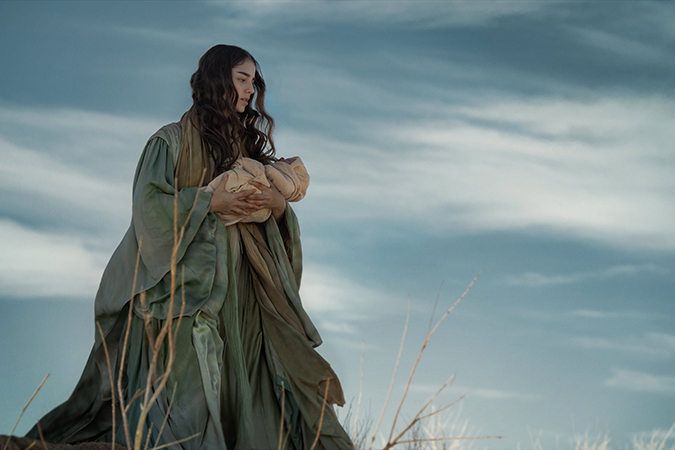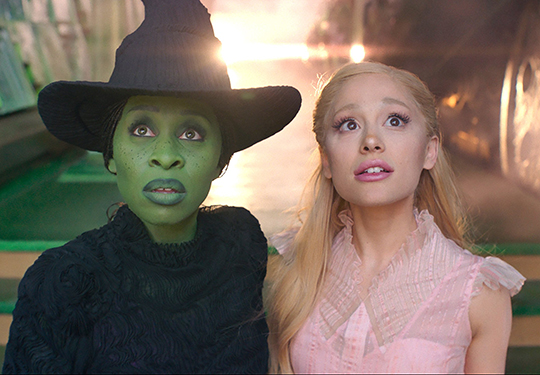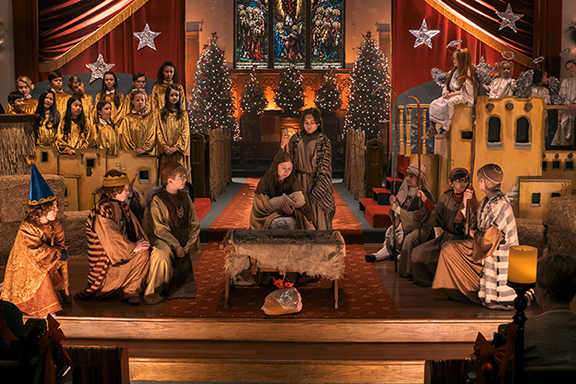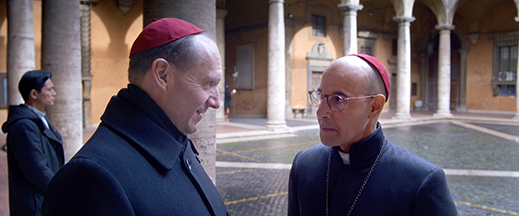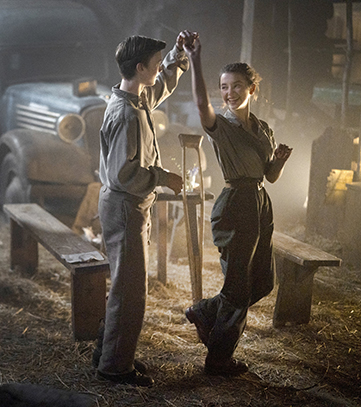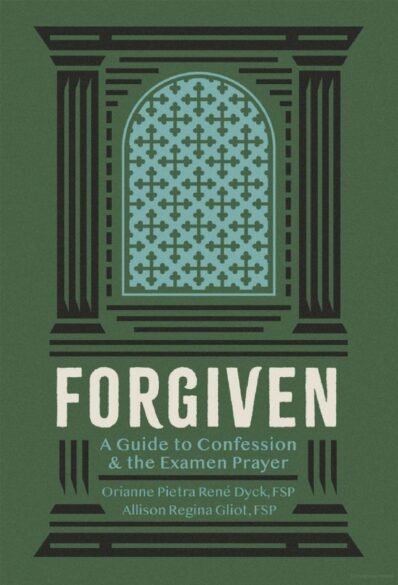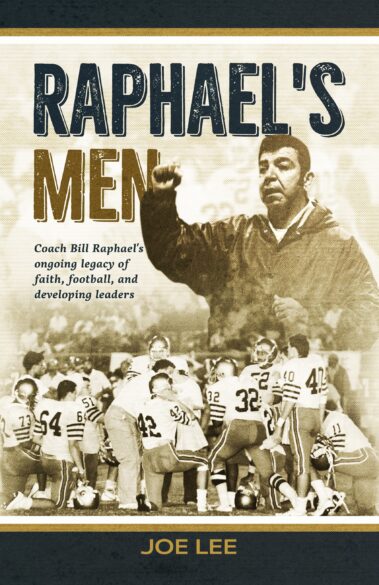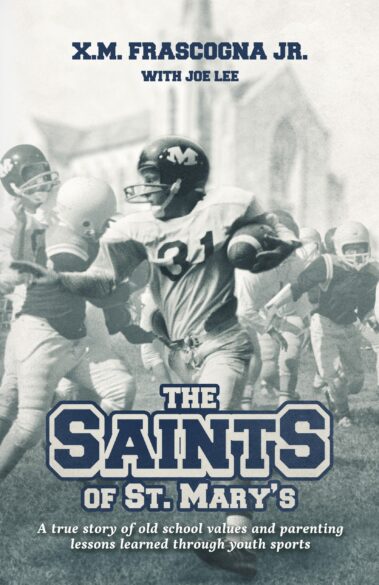SPIRITUAL ENRICHMENT
CAMDEN – Sacred Heart, Intercultural Competence Workshop for Parish Leaders, Saturday, April 26 from 10 a.m. to 3 p.m. Presenter: Deacon Juan Pagan of the Diocese of Lafayette. Explore what is culture and more. Details: Sister Amelia at amelia.breton@jacksondiocese.org.
GLUCKSTADT – St. Joseph, Millions of Monicas – Praying with confidence for our children, each Tuesday from 6:30-7:30 p.m. in the church. Join with other mothers and grandmothers as we pray for our children’s faithful return to the church. Details: email millionsofmonicas@stjosephgluckstadt.com.
JACKSON – Cathedral of St. Peter, Chrism Mass, Tuesday, April 15 at 11:30 a.m. and Tenebrae Music Service on Wednesday, April 16 at 5:30 p.m.
OFFICE OF CATHOLIC EDUCATION – The OCE hosts a Zoom Rosary the first Wednesday of each month during the school year at 7 p.m. The upcoming Rosary is on May 7. Details: Join the rosary via zoom at https://bit.ly/zoomrosary2024.
OLIVE BRANCH – Queen of Peace, Divine Mercy Holy Hour, Sunday, April 27 from 2:30-3:30 p.m. Details: church office (662) 895-5007.
PARISH, FAMILY & SCHOOL EVENTS
BATESVILLE – St. Mary, Live Stations of the Cross, Friday, April 18 at 2 p.m. Details: church office (662) 563-2273.
CANTON – Catholic Charities, Birdies for Born Free Golf Tournament, Tuesday, June 10, registration and lunch at 11:30 a.m. and tournament begins at 12:30 p.m. Details: register at https://www.catholiccharitiesjackson.org/event-details/birdies-for-born-free. For more information contact deja.errington@ccjackson.org or (601) 355-8634.
COLUMBUS – Annunciation School, Easter Festival, Sunday, April 13 from 2-4 p.m. Enjoy games, prizes, crafts, snacks and egg hunts by grade for ages infant through fifth grade. Be sure to bring your Easter basket. Details: school office (662) 328-4479.
CORINTH – St. James the Less, Easter Egg Hunt, Sunday, April 20 between Masses. Details: church office (662) 331-5184.
GREENVILLE – St. Joseph, Central Grocery Muffuletta Sale, Thursday, May 1 from 10:30 a.m. to 2 p.m. Pickup location is in parish hall. Cost: $25 with proceeds going to St. Joseph School. Tickets available in church and school office. Details: church office (662) 335-5251.
HERNANDO – Holy Spirit, Easter Egg Hunt, Sunday, April 13 at 11:30 a.m. Details: church office (662) 429-7851.
JACKSON – Catholic Charities, Bishop’s Ball, Saturday, July 19 at the Two Mississippi Museums, with cocktail hour at 6 p.m. and auction beginning at 7 p.m. Early bird ticket sale ends May 15. Details: https://event.gives/bb25.
JACKSON – Holy Ghost, 50th Anniversary of the Knights of Peter Claver Ladies Auxiliary, Saturday, June 21. More information to come.
JACKSON – St. Richard, Men’s Prayer Breakfast with Bishop Kopacz, Monday, April 14, beginning with Mass at 6:30 a.m. and breakfast provided by the Knights of Columbus at 7 a.m. in Foley Hall. Details: church office (601) 366-2335.
JACKSON – St. Richard School, Flight to the Finish 5k and Fun Run, Saturday, May 10 at 9 a.m. Details: Register at https://runsignup.com/Race/MS/Jackson/FlighttotheFinish.
JACKSON – Sister Thea Bowman School, Drawdown 2025, Saturday, April 26 at 6:30 p.m. Grand prize is $5,000. Tickets cost $120; with additional $15 for second chance. Join us for fellowship, food, entertainment, silent auction and more! Details: email stbdrawdown@gmail.com or visit https://bit.ly/STBSDD2025.
MADISON – St. Francis, Live Stations of the Cross, Friday, April 18 at 2 p.m. Details: church office (601) 856-5556.
NATCHEZ – Cathedral School, Crawfish Countdown, Friday, May 2. Save the date.
OLIVE BRANCH – Queen of Peace, Easter Egg Hunt, Saturday, April 12 at 10 a.m. Details: church office (662) 895-5007.
PEARL – St. Jude, Easter Egg Hunt, Sunday, April 13 at 11:45 a.m. (after Sunday School class). Details: church office (601) 939-3181.
PILGRIMAGES
HOLY LAND – Pilgrimage to Holy Land: Join Father Mark Shoffner, pastor of St. John Oxford, July 21-31, 2025. Details: lpjp.org, then click on “All Pilgrimages” and “Holy Land.” Details: church office (662) 234-6073.
MARIAN SHRINES – Pilgrimage to Marian Shrines (Fatima, Spain and Lourdes) with Father Lincoln Dall and Deacon John McGregor, Sept, 15-24, 2025. Details: for more information visit www.206tours.com/frlincoln.
ROME/LISBON/FATIMA – Pilgrimage to Rome, Assisi, Lisbon and Fatima with Father Carlisle Beggerly, Oct. 4-15, 2025. Cost: $5,799 per person (includes airfare from anywhere in the U.S.) Details: contact Pat Nause at (601) 604-0412; Proximo Travel at (855) 842-8001 or proximotravel.com. Mention trip #1181.

